Back in the days when the technology of electricity was relatively young, the only possible current was the one called DC or direct current. The drawback of this type of electricity was that a power station was required every few kilometers, but a solution was found by the inventor Nikola Tesla when he developed the AC or alternating current.
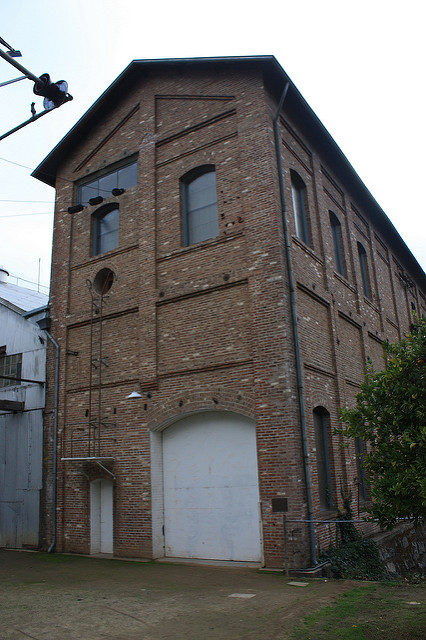
What this type of current allowed was for a better transport of electricity over long distances by using higher voltages and then lowering it back down through the use of transformers.
The turbines of Folsom Powerhouse were directly involved with the development of Tesla’s new invention, the AC generator.
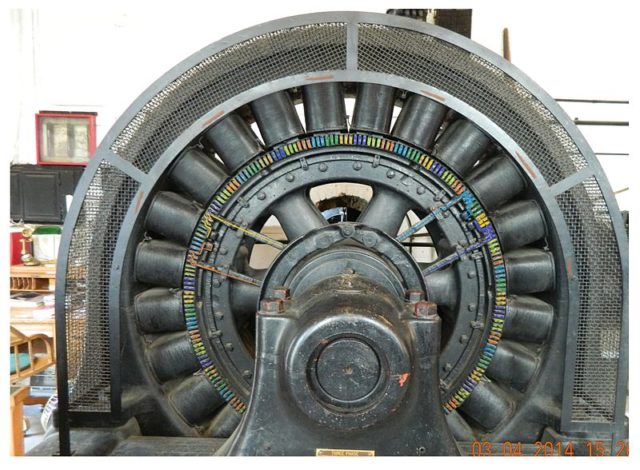
According to the historical records, Folsom Powerhouse was built with unpaid labor from Folsom prison. The Folsom powerhouse managed to transfer electricity to Sacramento at 11,000 volts. This act was celebrated during the Grand Electric Carnival on September 9, 1895.
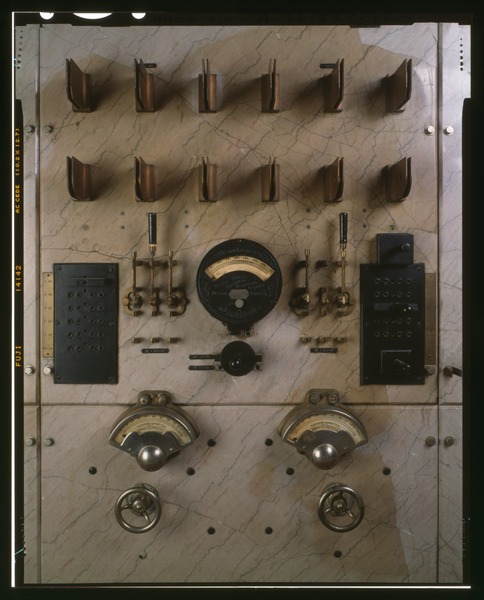
The purpose of this powerhouse was to generate and to transfer electricity to a place where its benefits could be put to use, and it served as an example of the efficacy and efficiency of hydroelectric power, for Folsom Powerhouse used a dam on the mighty American River to generate its power.
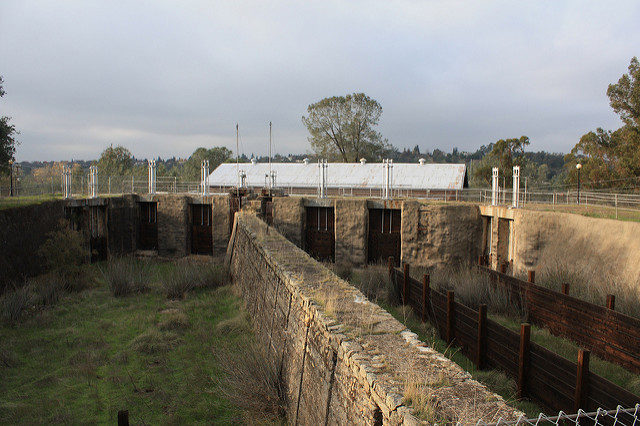
In order to generate power, Folsom Powerhouse used 4 turbines. The company behind these colossal turbines was S. Morgan Smith Works, located in Pennsylvania. The turbines were too vast to be taken to California by train, and so were shipped around Cape Horn, ultimately traveling about 31,000 km (19,000 miles). It was through this turbines that the American River’s water flowed, only to be later released back into the river. Before being converted into a hydroelectric power station, the powerhouse had been a sawmill driven by the flow of the American River.
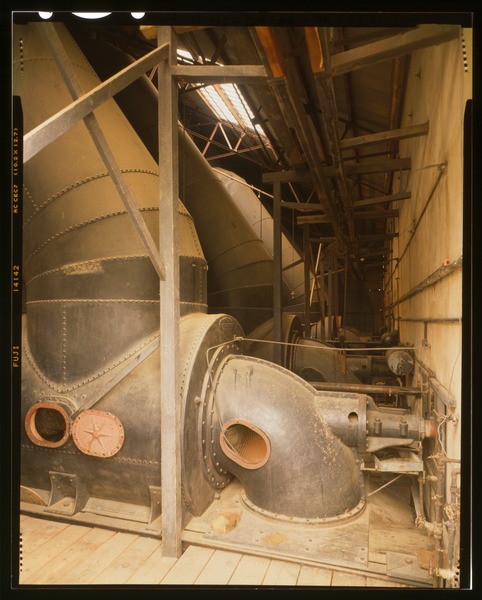
The powerhouse is named for its location in the town of Folsom, which lies 30 kilometers from Sacramento and today has about 80,000 inhabitants.
To provide water to the power station, the Folsom Dam was built, which is 200 meters long and 27 meters tall, with a 27-meter thick wall at the base. The American River was driven 4 kilometers along a canal, where over 2,000 cubic meters of water ran every minute.
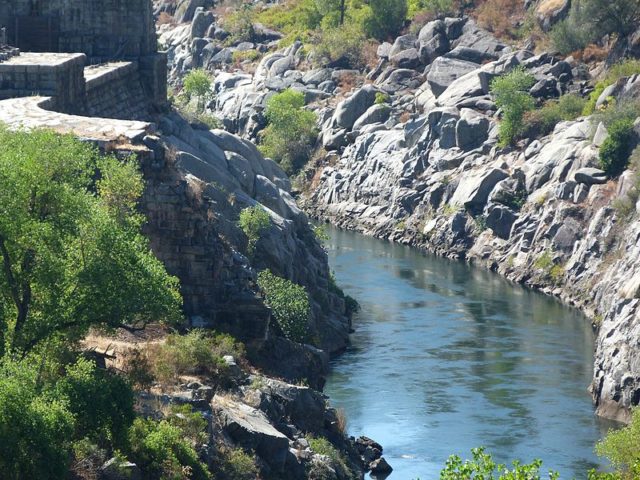
The growing population of Sacramento demanded an additional powerhouse be built. In 1897, a smaller powerhouse was constructed that was able to generate more than 700 kilowatts. But the population of Sacramento and the surrounding area kept growing. This meant that the powerhouses again began to struggle to produce enough electrical power to sustain the demands of the growing city.
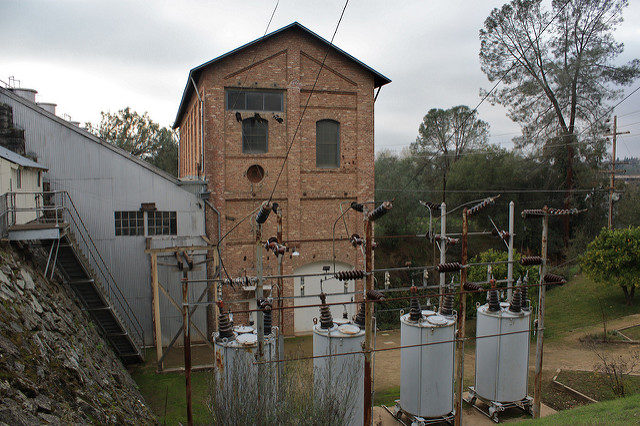
Pretty soon new and even larger powerhouses and dams were constructed in order to supply northern California with electricity. Folsom Powerhouse was in operation until 1952. Following an inquiry, it was decided that Folsom Dam was to be shut down and replaced with a larger and more powerful dam.
Therefore, after nearly 60 years of providing power to the local area and although it remained functional, Folsom Powerhouse was abandoned and is a museum today.
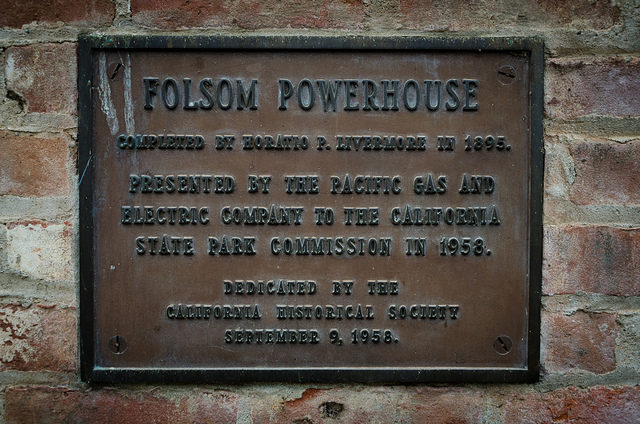
Its historical signficance led to the powerhouse being designated as U.S. National Historic Landmark in 1981. The tours that are offered to the general public today offer a rare and true glimpse into the past, for this power house stays has remained largely unchanged.
